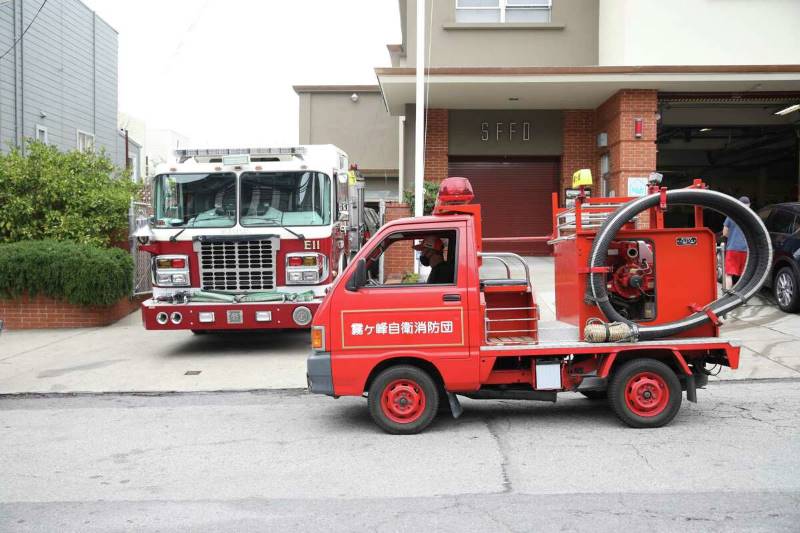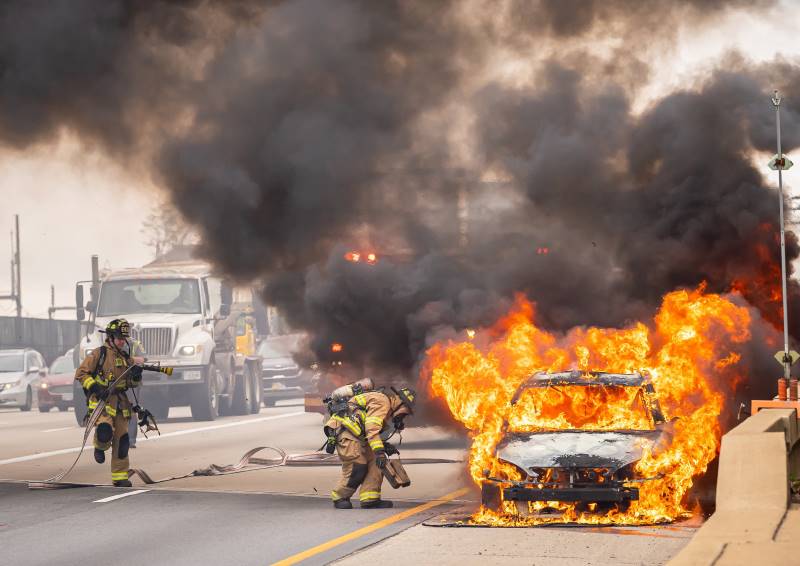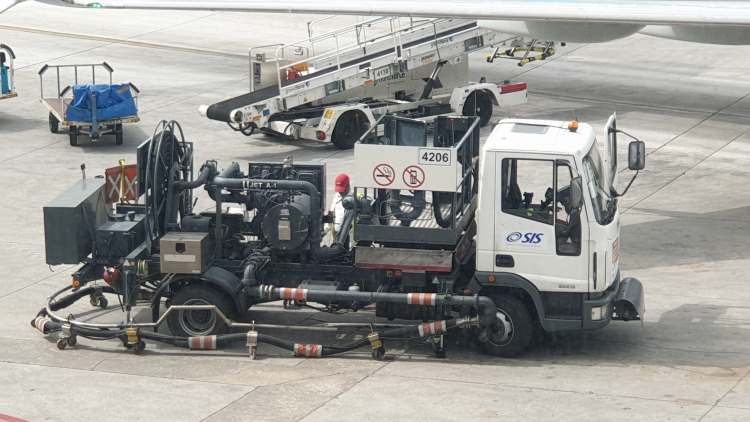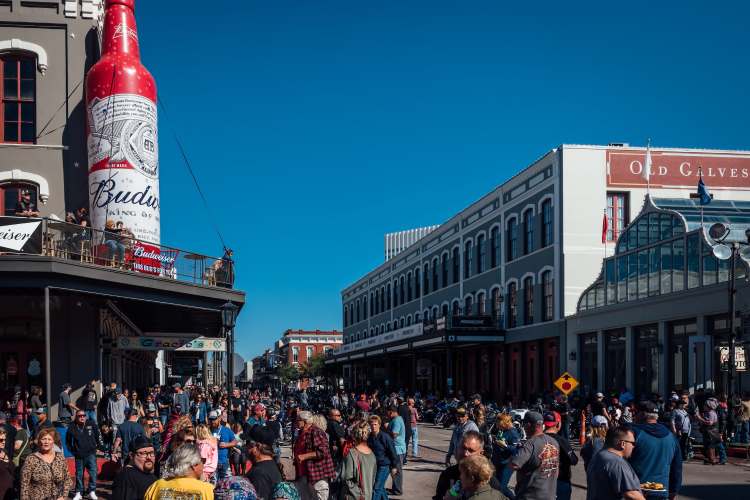A Dehumidifier: •Enhances comfort by reducing sticky, humid air.•Prevents mold and mildew growth in damp…
City Planning for Fire Safety:5 Key points for Protecting Community
City planning for fire safety is essential to protect lives, property, and business continuity as urban areas evolve.
While no two cities are alike, comprehensive planning requires proper fire prevention, response, and containment strategies.

Navigating Fire Trucks Through Cities
A critical consideration is enabling emergency vehicle access through existing streets.
Large US fire trucks can measure up to 43 feet long and 8 feet wide.
By comparison, European trucks are often under 7 feet wide to navigate older historic neighborhoods. Roads in many areas are designed more for horses and carriages than modern cars and trucks.
Japanese mini trucks specially designed for narrow alleyways are even smaller. Adequate street widths, turning radius, and hydrant placements can allow rapid access.
Equally important is requiring fire-resistant construction. Zoning and city planning policies usually separate high-risk industrial uses from residences.
Modern building codes mandate sprinklers, compartmentalization of units, and protected stairwells.
Upgrading the aging water main infrastructure enhances water supply suppression capabilities. Strategic fire station locations with coverage matching local risks ensure fast response times.

Adapting to Evolving Technologies
Planning must also adapt to emerging technologies. The uptick in electric vehicles poses fire risks from combustible batteries. Codes can mandate charging station placement away from buildings and require garage fire suppression. Drones now augment firefighter response with aerial views of blaze movement to coordinate containment.
Balancing Safety and Livable Streets
Careful planning balances safety with other urban goals like walkability. While large trucks require wide access, European cities creatively employ customized narrow vehicles to navigate historic pedestrian zones. Japan’s mini trucks wind through slim alleys yet carry critical gear. With compact trucks supplementing standard apparatus, cities can obtain fire protection and walkability.

Protecting Irreplaceable Historic Structures
In extremely constrained old cities, flexibility is vital. European brigades use narrow hydrant carts or trucks through cobblestone passages too tight, even for petite trucks. Firefighters trained in special techniques manage long hoses over distances. While challenging, prioritizing safety for heritage sites is vital.

Proactive and Adaptive Planning
With vigilant planning, cities can accommodate fire safety in higher-density areas while safeguarding historic districts.
Examining the risks of older areas, proliferating EVs, and evolving technologies allows targeted, proactive safety enhancements. Updating codes and infrastructure alongside growth enables adequate protection.
Comprehensive city planning tailored to existing and future real estate development provides critical fire safety as communities modernize.

Contact Steve Silver at Silver Mortgage, at 1-800-920-5720.
NMLS licenses: #70160 Texas #314817 #360472 Florida #LO91968
For additional contact and licensing information, click here
© 2023 SteveSilverNow
Read this article next: Creating the Perfect Color Schemes for Your Home’s Mood and Style – 11 Recent Trends.




